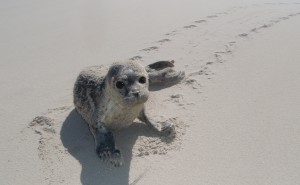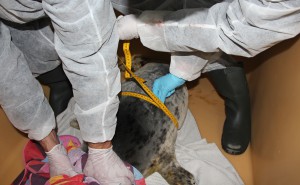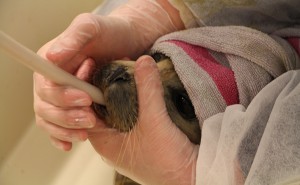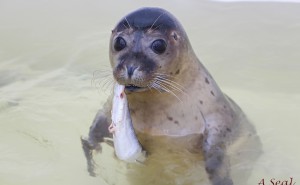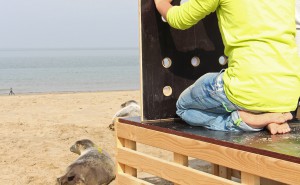Seal rescue
At A Seal, seals are taken in and cared for. These are primarily young seal pups that have lost their mothers or seals that are injured or sick. Once the seals are fully healthy and capable of surviving in the wild, they are released back into the wild. Before that happens, the seals go through a sort of step-by-step plan. Below, you can see how this process works.
Rescue of a seal in 5 steps:
Step 1
Seal in distress
Reports about seals come in through the emergency number: 144. Seal watchers ensure that all marine mammals in distress are collected and taken care of. Not all solitary seals on the beach need help. Therefore, they are carefully observed before they are taken in. At A Seal, we only take care of seals.
Step 2
Quarantaine
After the seals arrive at A Seal, they spend the first 21 days in an isolated space. We do this to prevent the spread of viruses. The veterinarian examines the animal and determines what treatment it needs to recover or heal.
Step 3
Recovery
After the quarantine, they move to a new enclosure, the greenhouse (or conservatory). Here, there is room to further recover and play together. Some seals can already eat whole fish on their own, but others still need assistance with this. A volunteer then places the fish into the seal’s mouth until the seal can eat independently.
Step 4
Preparing for release
Als de zeehond sterk genoeg is, mag hij naar de volgende baden in de buitenlucht. In het buitengebied ligt de nadruk van de opvang op de terugkeer naar de natuur. Hier worden hele vissen in het water gegooid en leren ze de vis zelf te eten uit het water.
Step 5
Release
All seals that have been cared for at A Seal are released back into the wild once they are healed. To be strong enough to survive on their own, they must be at a healthy weight. The release usually takes place on the beaches near Ouddorp or Renesse.

